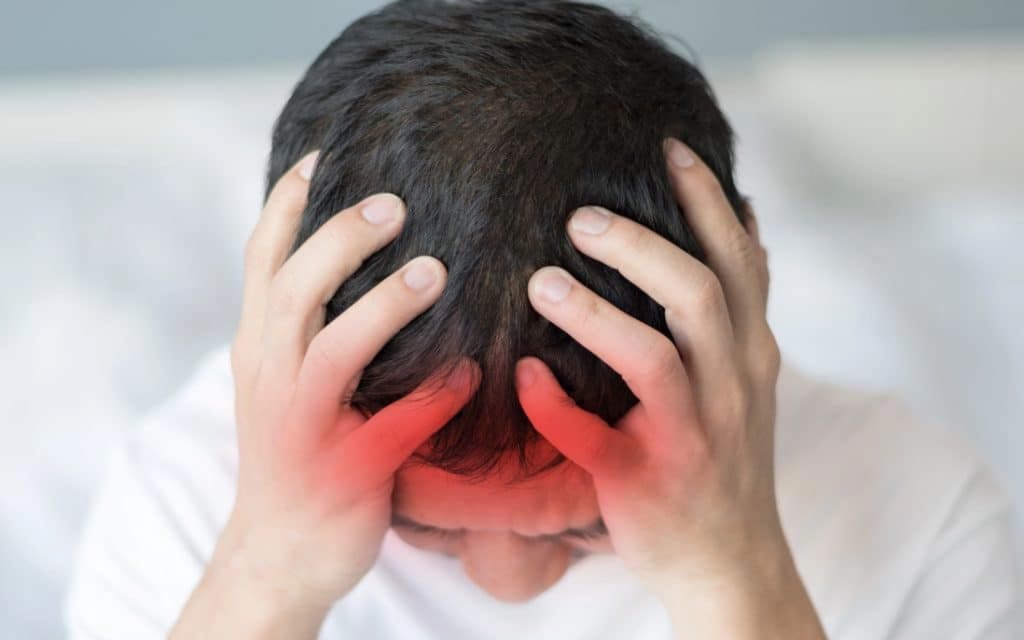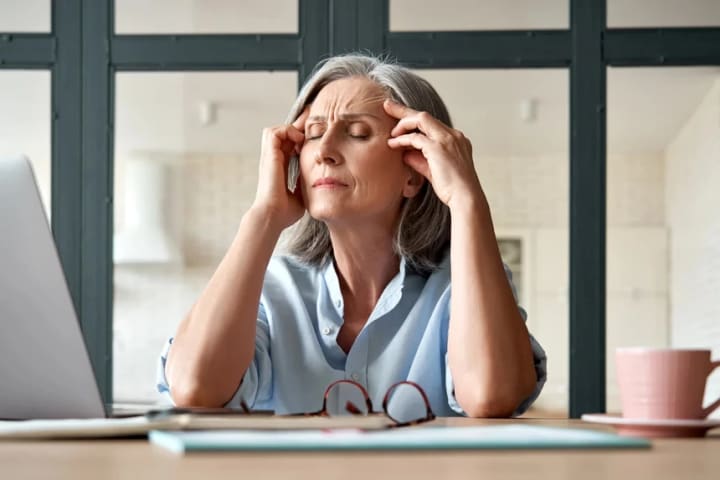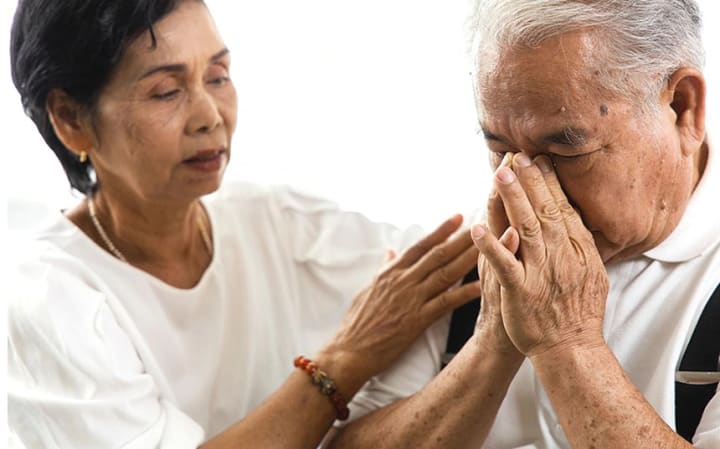What is the difference between left brain and right brain stroke?
Strokes in the left brain are more common and the consequences are often more noticeable.

Strokes are often talked about as occurring in the left or right hemisphere of the brain. What is the difference between left brain and right brain stroke? Is the danger level of these two conditions different?
Symptoms of stroke include:
- Numbness in the arm, leg or face on one side of the body
- Confusion, difficulty speaking or understanding speech
- Difficulty seeing in one or both eyes
- Difficulty walking including dizziness and loss of balance or coordination
- Severe headache of unknown cause
F – Facial muscles droop and feel numb on one side. You can ask the patient to smile to see if the smile is drooping and distorted.
A – Weakness of the arm. Weakness or numbness in one arm can be a sign of a stroke. The affected arms may also droop when extended.
S – Hard to say. Stuttering or slurred speech.
T – It's time to call 911. Getting to a stroke center for immediate treatment can significantly reduce the effects of a stroke.

2. The difference between right and left brain stroke
Both cerebral hemisphere strokes are equally dangerous. Identifying the stroke and providing immediate emergency care is the "key" to saving the patient's life and minimizing stroke complications.
- Left brain stroke
The left hemisphere of the brain controls most of your communication skills, such as the ability to form coherent sentences and understand what others are saying. It also helps with problem solving, strategizing, and analysis. And your left hemisphere controls movement on the right side of your body.
Strokes that affect the left hemisphere of the brain are often easier to recognize than strokes that affect the right hemisphere. Left hemisphere strokes are also diagnosed more often than right hemisphere strokes.
Effects that can be seen when having a left brain stroke:
- Weakness or paralysis on the right side of the body
- Aphasia such as the inability to process, use or understand language
- Behavioral changes, such as a slower approach.
- Lost memory
- Visual disturbances such as difficulty looking to the right in both eyes.
- Decreased reasoning skills, inability to do math, decreased analytical skills
- Decreased left brain function leading to difficulty reading, writing or learning
- Emotional distress

The right hemisphere controls movement on the left side of your body. It is also responsible for things like your emotions and imagination. The right hemisphere also helps with spatial orientation – things like your sense of direction or knowing when things are closer to you or farther away.
Effects that can be seen after a right brain stroke:
- Weakness or paralysis on the left side of the body
- Sensory problems, such as numbness or pain in the left side
- Difficulty looking to the left in both eyes.
- Problems with balance
- Hearing difficulties
- Has difficulty understanding simple directions (up, down, front, back)
- Dizziness or feeling of spinning
- Memory problems
- Behavioral changes, such as impulsivity, depression, and inappropriate or childlike behavior.
- Difficulty with reasoning or spatial awareness
- Loss of concentration or shortened attention span
3. Rehabilitation for people with stroke
Depending on the cause, location and severity of the stroke, there will be different goals in the patient's rehabilitation process.
Stroke recovery programs may include:
- Physical therapy to restore function and assist with skills such as walking and range of motion as well as address other challenges including weakness or paralysis.
- Occupational therapy focuses on relearning life skills including eating, dressing, and self-care.
- Speech therapy for communication, swallowing, or cognitive problems. Patients and families may also learn other ways of communicating through pictures or gestures.
- Other needs including pain control and emotional support may also be part of the rehabilitation process.
About the Creator
HK Decor
Telling stories my heart needs to tell <3 life is a journey, not a competition
If you like what you read, feel free to leave a tip,I would love some feedback
https://sites.google.com/view/hk-decor/trang-ch%E1%BB%A7
Enjoyed the story? Support the Creator.
Subscribe for free to receive all their stories in your feed. You could also pledge your support or give them a one-off tip, letting them know you appreciate their work.






Comments
There are no comments for this story
Be the first to respond and start the conversation.